Neleshambhuni Temple

Neleshambhuni Temple
The Neleshambhuni Temple, situated in the southern part of the fort, stands out as a small yet culturally and architecturally significant shrine.
Architectural Layout:
1. Garbhagriha (Sanctum Sanctorum):
This is the innermost chamber housing the main deity, serving as the focal point of worship.
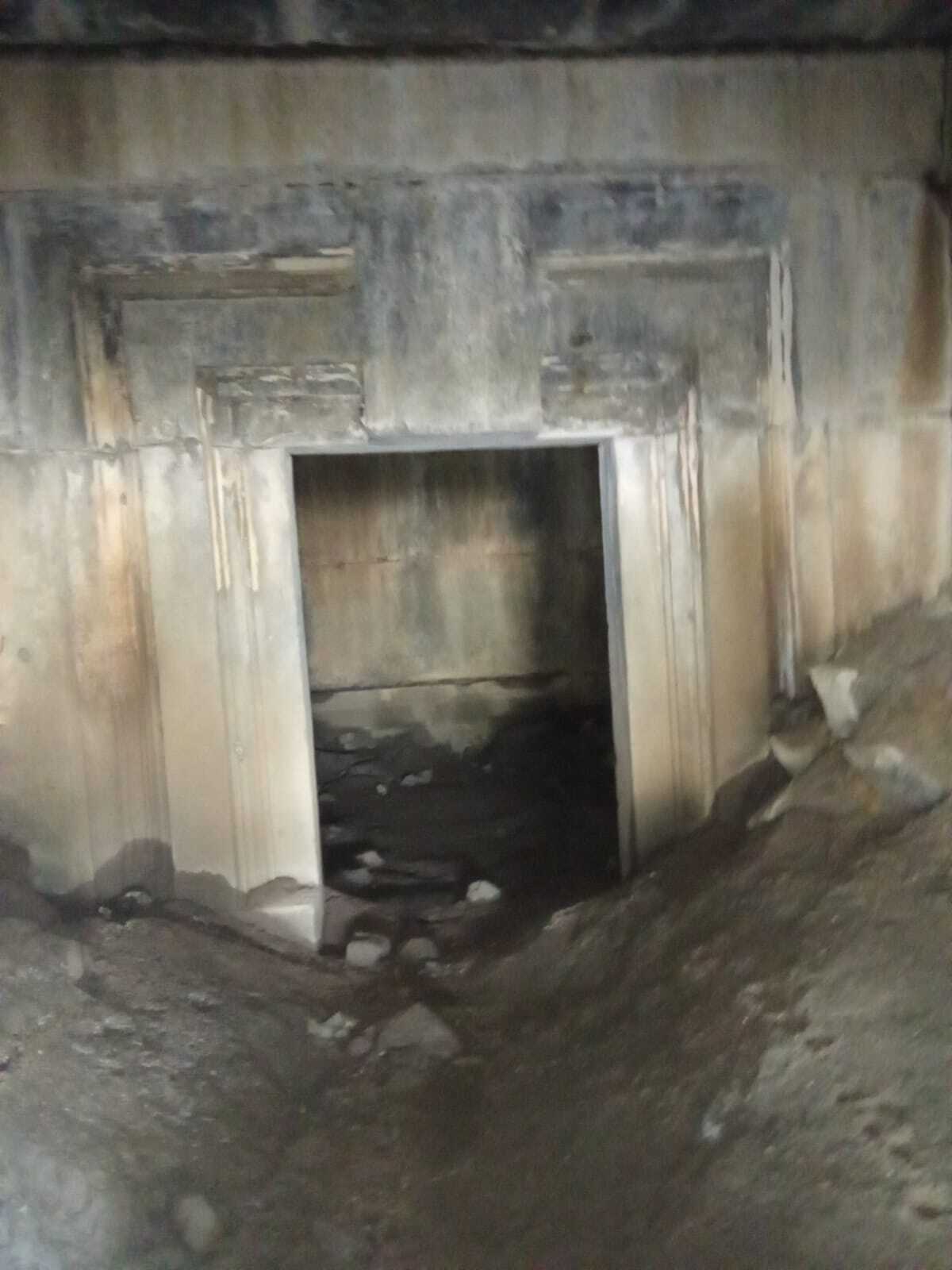
2. Antarala (Antechamber):
It is a narrow passage connecting the Garbhagriha with the Mandapa, facilitating a transition for devotees.
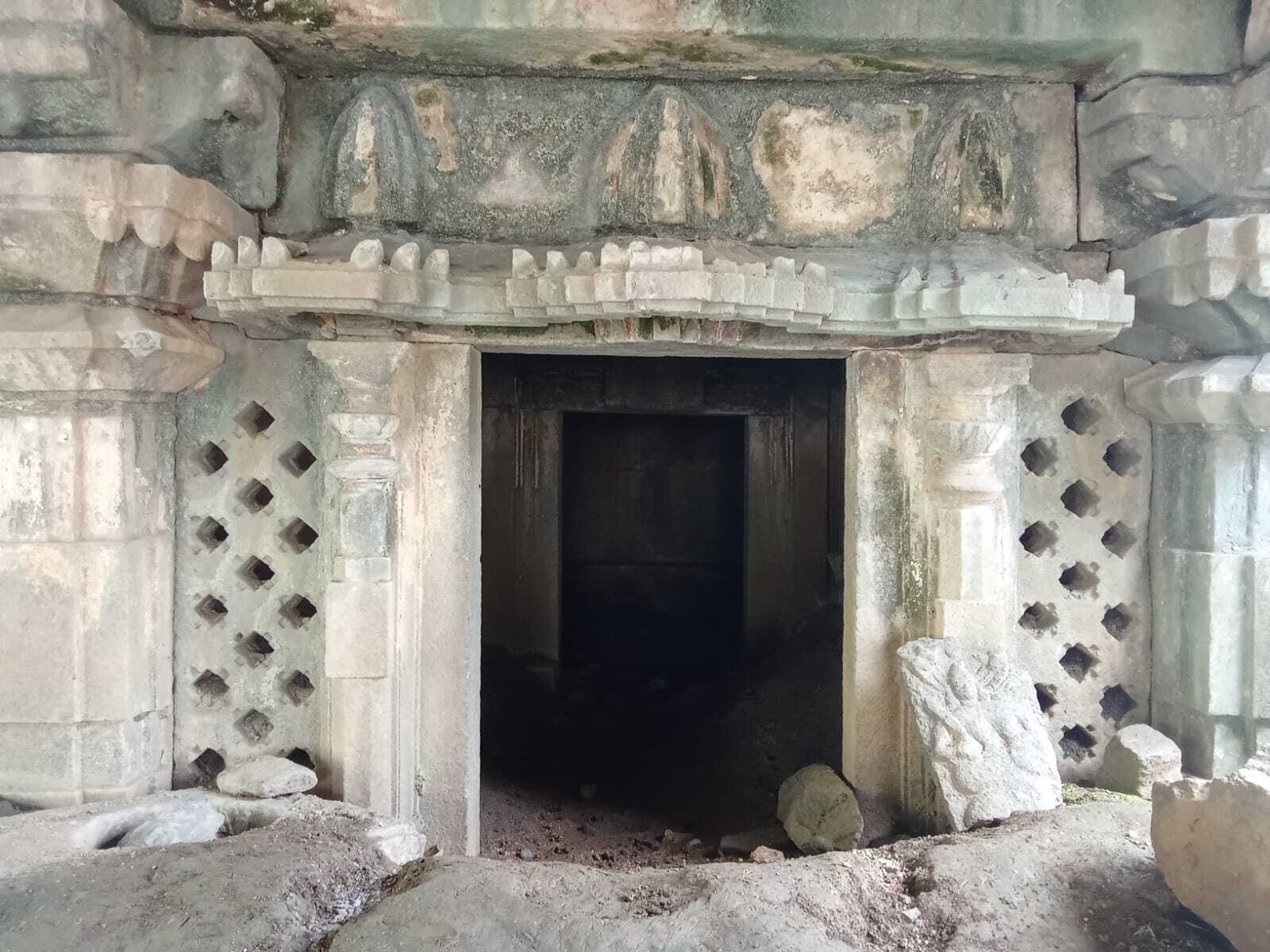
3. Mandapa (Hall):
An open hall supported by pillars, utilized for gatherings, prayers, and religious ceremonies.

4. Porch:
It is an extended sheltered area at the entrance, offering space for visitors before entering the main hall.
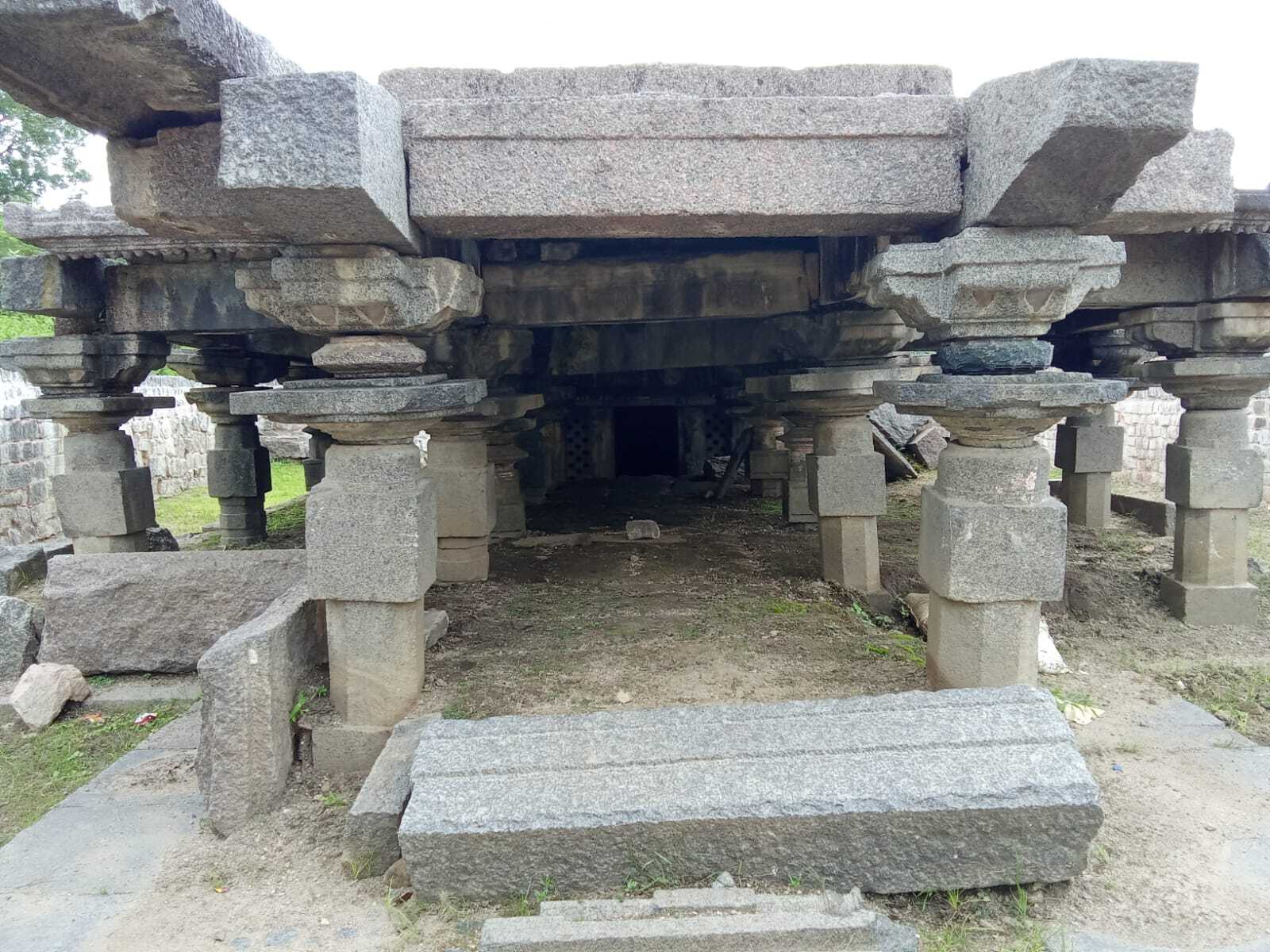
Roof Structure:
The temple boasts a flat roof adorned with rows of semicircular elevations along the edges, lending it a distinctive aesthetic compared to temples with more typical pyramidical or domed roofs.
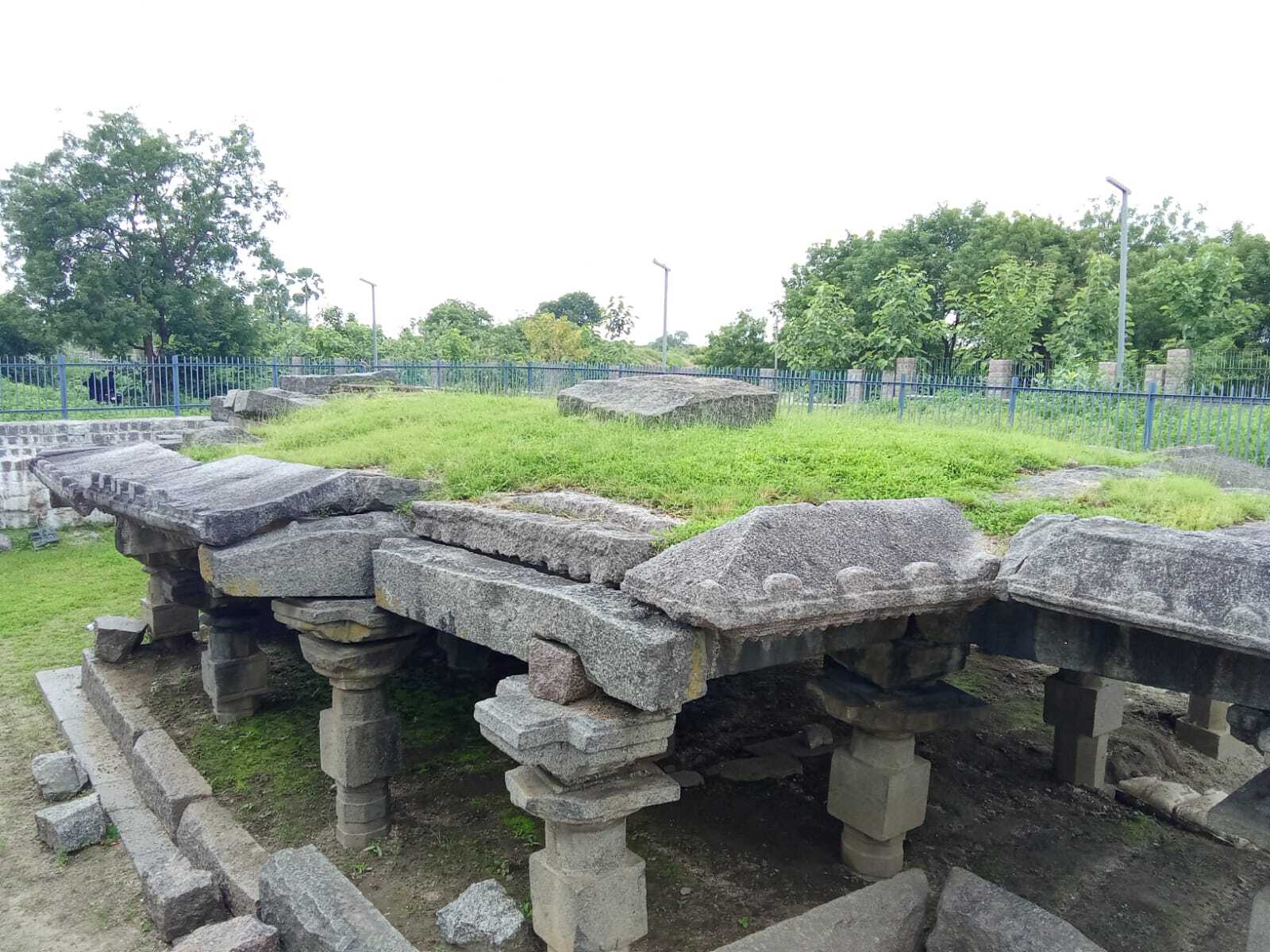
Sculptural Elements:
1. Sapta Matrikas:
Exquisite sculptures of the Sapta Matrikas, seven mother goddesses revered in Hindu tradition for their protective and nurturing aspects.
2. Dancing Shiva in Bhujangatrasita Pose:
A striking sculpture depicting Shiva in the dynamic Bhujangatrasita pose, symbolizing the cosmic dance of creation, preservation, and destruction. Accompanying Shiva is his mount, Nandi the bull, symbolizing strength and devotion.
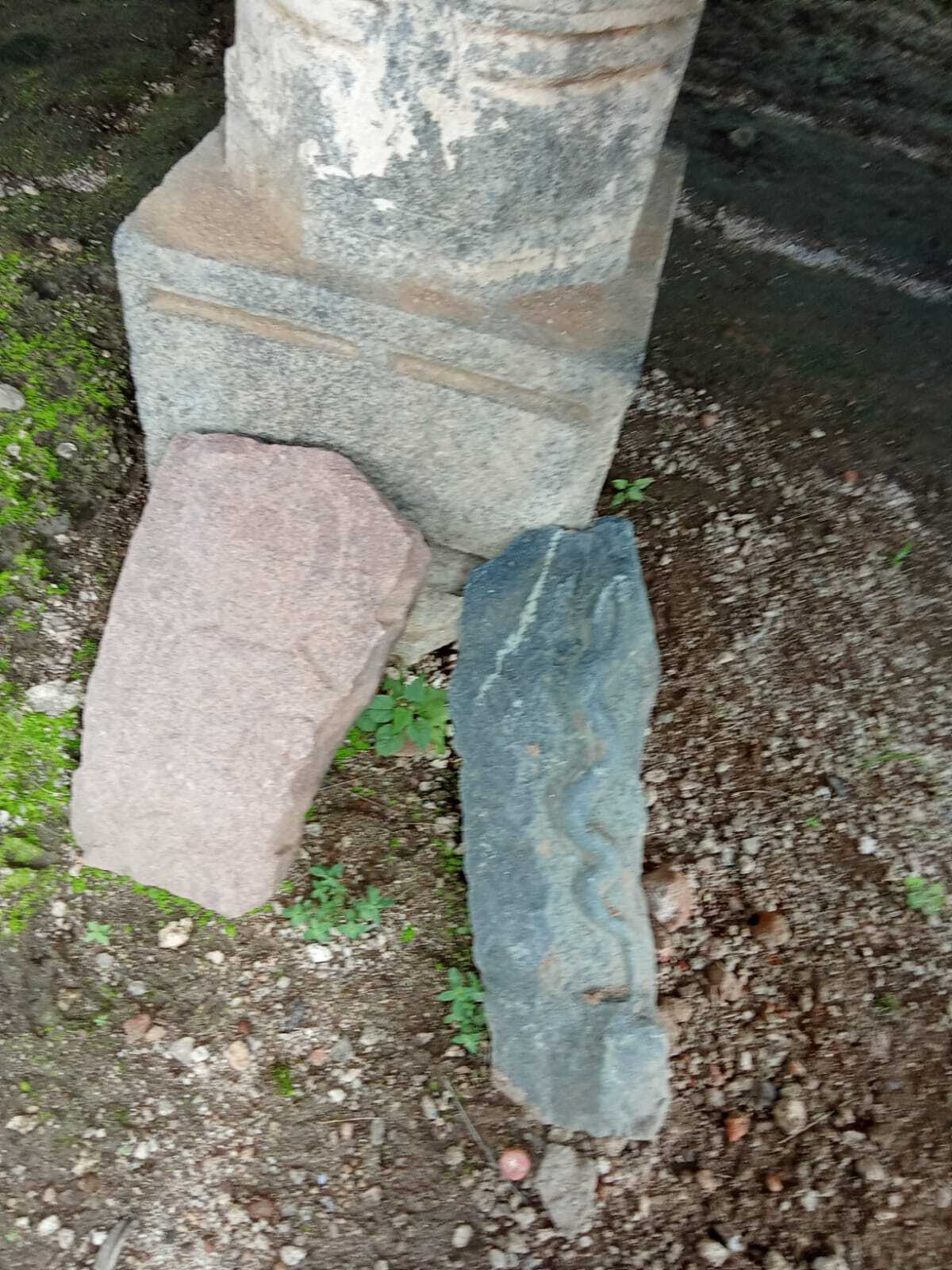
Cultural and Religious Significance:
The presence of Sapta Matrikas and the dancing Shiva underscores the temple's importance in the worship of divine mothers and Shiva, showcasing a syncretic blend of Hindu religious practices.These sculptures not only serve as religious icons but also as artistic representations reflecting the period's iconography and stylistic preferences.
Archaeological Insights:
Neleshambhuni Temple's unique architectural and sculptural features contribute significantly to our understanding of regional temple architecture variations.The flat roof with semicircular elevations and specific deity sculptures reflect localized religious practices and artistic influences of the time.Studying the temple's construction techniques, materials, and artistic styles aids archaeologists and historians in reconstructing the cultural and historical milieu of the region during its construction.
Did you like this ?